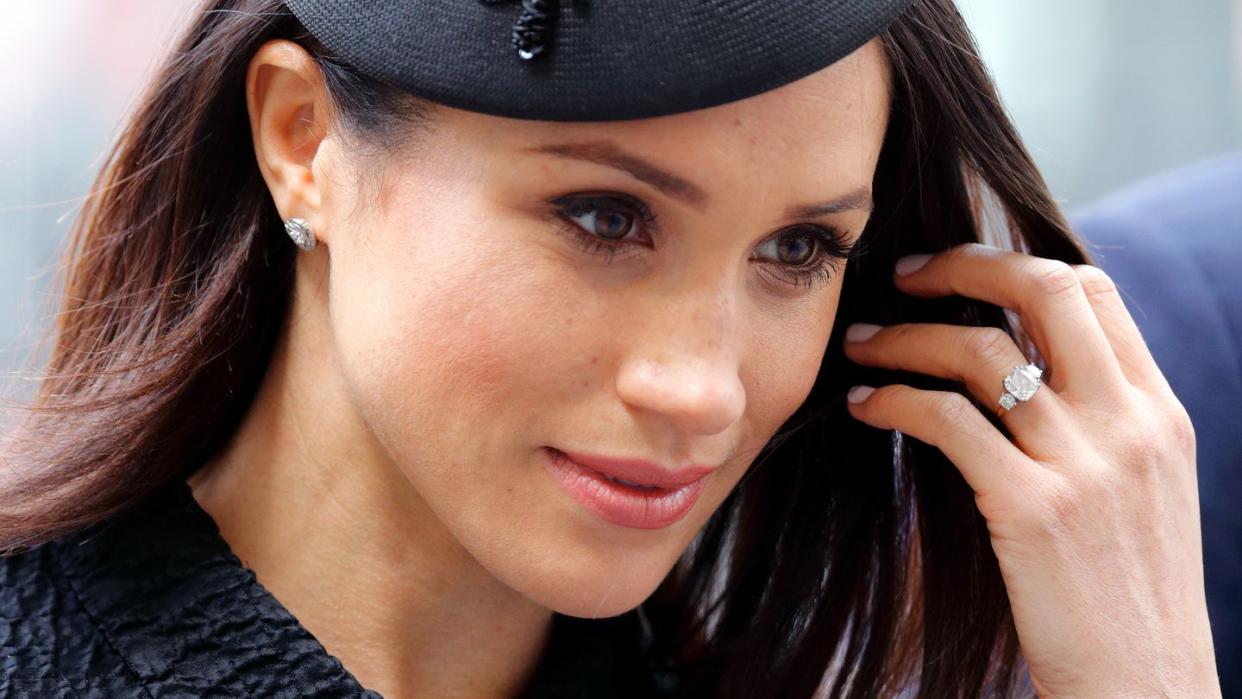What Are the Key Differences Between Lab-Grown and Natural Diamonds?

Marilyn Monroe once said that diamonds are a girl’s best friend, but we think she underestimated their importance just a little bit. A diamond can be anyone’s best friend, and whether you’re looking to purchase the stone as an anniversary gift, a birthday present, or simply just because, there are so many shapes, sizes, cuts and colors of diamonds you can now choose from.
Of late, however, there’s been a new take on diamonds, with several lab-grown options popping up at jewelers all across the country. For the diamond purists among us, however, this might come across as a little jarring: After all, what does this mean for natural or "real" diamonds, and can they really compare? To help you make sense of the differences, we spoke to Rohit Pahlajani, co-founder of Anantaa Diamonds, and Parth Jhaveri, founder and designer of Privosa Fine Jewelry. Below, they share everything they know about real and lab-grown diamonds, and how to find the best option for you.
What is a "real" diamond?
A real diamond is just that: one that’s originally found in nature. However, Jhaveri tries to use the term ‘natural’ when describing them, saying that lab-grown diamonds are just as real as those found in the earth (more on that below).
“Natural diamonds are formed over billions of years, deep within the earth, through a process involving high pressure and temperature—usually in the presence of other minerals and gasses,” he says. “They are a finite resource as they take so long to develop, and traditionally quite expensive due to the number available in the world—along with additional costs like mining, the supply chain, cutting, polishing, and other maintenance.”
What’s a lab-grown diamond?
“Lab-grown diamonds are created in state-of-the-art laboratories, rather than being mined from the earth,” says Pahlajani. “They undergo the exact same process that carbon does in nature to yield a natural diamond.”
The process just takes way less time (we’re talking a few months as opposed to billions of years), and the lab-grown diamonds have the same physical and chemical properties as natural diamonds, even coming with a diamond certification to prove their validity. This is why the jewelers say that since the chemical composition of both types of diamonds are the same, calling one “real” isn’t entirely accurate.
Here, our complete guide to understanding the differences between lab-grown and natural or "real" diamonds.
[accordion id='45113f26-4488-4023-9536-0564f0adaadd'][/accordion]
You Might Also Like

